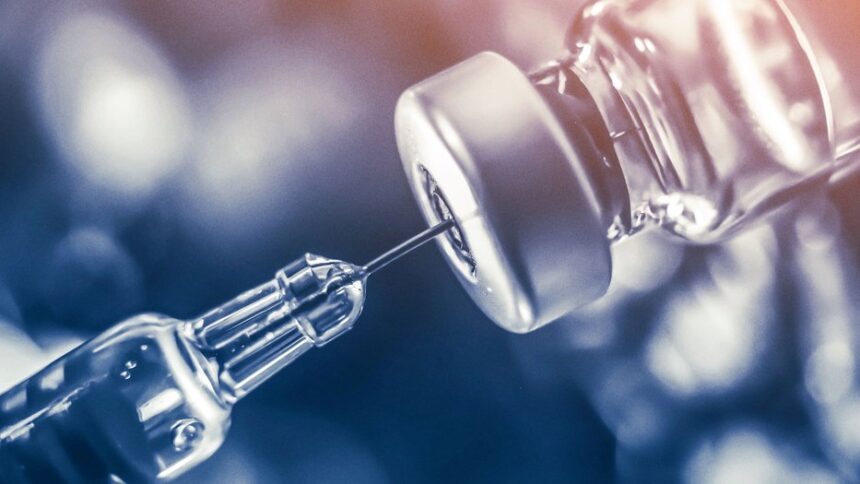There have been ongoing advancements in healthcare, and vaccines are one of the most impactful tools in protecting public health. By working with the body’s natural defenses, vaccines help prevent the spread of infectious diseases and protect both individuals and communities.
Here’s how vaccinations work, which can showcase their role in keeping populations safe and healthy:
How Vaccines Protect the Body
Vaccines act as teachers for the immune system. When someone is vaccinated, the body is introduced to components of a virus or bacterium, like a weakened or inactivated germ, or just a piece of its genetic material. This allows the immune system to study the invader, recognize it, and prepare to fight it in the future. If exposed to the actual disease later, the immune system swiftly deploys defenses, reducing the risk of illness.
Different vaccinations use varying approaches. mRNA vaccines, used for COVID-19, instruct the body’s cells to produce a harmless protein that triggers an immune response. Live-attenuated vaccines, such as those for measles or chickenpox, use a weakened form of the germ. Regardless of the approach, each vaccine works to prime the immune system for future battles.
Preventing Outbreaks and Protecting Communities
Vaccines aim for a ripple effect that benefits everyone through herd immunity. This occurs when a significant portion of a population gets vaccinated, making it harder for the disease to spread. Herd immunity protects those who cannot get vaccinated, such as infants, pregnant women, and individuals with certain medical conditions. Widespread vaccination campaigns aim to reduce infections, shielding the most vulnerable people from these threats.
Without vaccinations, diseases that were once controlled might return in full force. Areas with low measles vaccination rates may face outbreaks, affecting hundreds of people. Each vaccine administered contributes to a collective defense system that keeps such events at bay.
The Spectrum of Vaccines and Their Effectiveness
Vaccines are customized to fight specific diseases, making sure they address a range of health challenges. Common types include:
- Live-attenuated vaccines (e.g., measles, mumps, rubella): Use a weakened form of the virus to produce a strong immune response.
- Inactive vaccines (e.g., hepatitis A): Contain killed versions of the germ, requiring booster doses for long-term protection.
- mRNA vaccines (e.g., COVID-19): Teach cells to produce a protein that triggers immunity.
- Conjugate vaccines (e.g., Haemophilus influenzae type b): Target bacteria by combining pieces of the germ with proteins.
Each type is designed to strike a balance between effectiveness and safety for the disease it targets. The flu vaccine is updated yearly to stay ahead of evolving flu strains, highlighting how vaccines adapt to protect communities over time. This continuous refinement of vaccines remains a fundamental tool in preventing illness and saving lives.
Schedule an Appointment for Vaccinations
Vaccines continue to be provided to reduce the burden of preventable diseases. By staying up to date on vaccinations, you help protect yourself, your loved ones, and the broader community. Each action taken aims to strengthen our collective defense. Schedule an appointment with your healthcare provider or a local clinic to receive the vaccination.
Related Articles
How Sports Doctors Helps with Rehabilitation Before and After Surgery
How UroLift Compares to Other Treatments for BPH Symptoms
How to Support Your Mental Health While Caring for a Newborn





